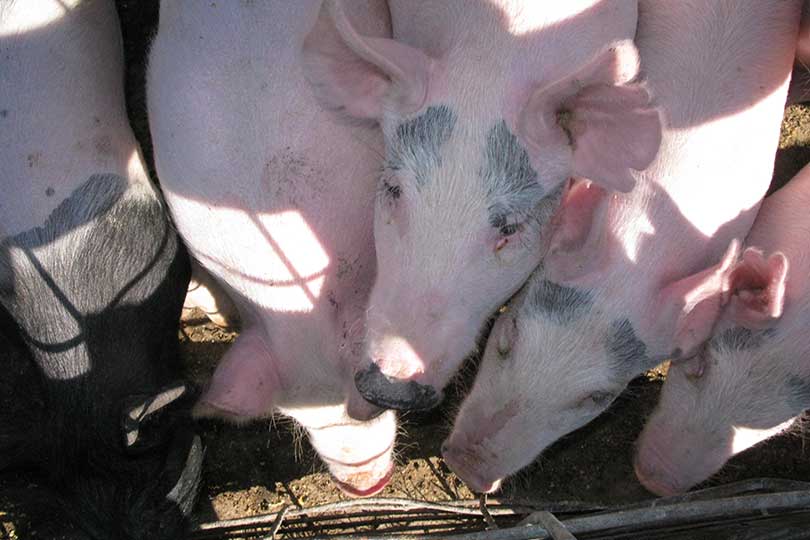More market-ready hogs are expected to emerge in 2017, which could lead to a negative outlook for farm prices, according to American Farm Bureau Federation (AFBF) economist Katelyn McCullock.
As of Dec. 1, the Quarterly Hogs and Pigs Report showed there were 71.5 million hogs and pigs on U.S. farms, up 4 percent from December 2015 and up slightly from Sept. 1, 2016.
The report, which is published by the U.S. Department of Agricultural Statistics Service (USDA NASS), also showed U.S. pig farmers weaned a record high average of 10.63 pigs per litter from September through November 2016.
U.S. hog producers intend to have 2.97 million sows farrow between December 2016 and February 2017, and 3 million sows farrow between March and May 2017.
“One of the biggest surprises in the Quarterly Hogs and Pigs Report was the change in the sows farrowed. The last two estimates came in below a year ago,” McCullock told AFBF’s Newsline. “When the actual number came up, it was up 3.9 percent. So, what that means is that we’re going to see a lot more market hogs than maybe we anticipated.”
McCullock says harvest capacity will increase with new facilities opening early this year, but that will be offset by the increase in market-ready hogs.
“Although those four plants are going to add about 28,000 head to daily slaughter capacity, that’s only about a six percent increase,” McCullock said. “But what we’re looking at in terms of the hog market is that we have very large production numbers coming in. Originally, the latest WASDE was up about three and a half percent in terms of total pork production in 2017, and I expect that number to move a little higher.”
She explains what that means for farmers.
“With this large number of market hogs coming to the market, I would expect average annual market hog prices to be below a year ago,” she said. “In the shorter term, we’re probably going to see low prices year over year in the first and second quarter, and that’s where the most dramatic change is going to be year over year, but it’s still probably going to be higher than the prices we saw in the fourth quarter.”
McCullock also noted that strong exports later in the year could turn prices higher for farmers.
NASS surveyed about 10,500 operators across the nation during the first half of December. All surveyed farmers were asked to report their hog and pig inventories as of Dec. 1, 2016.

